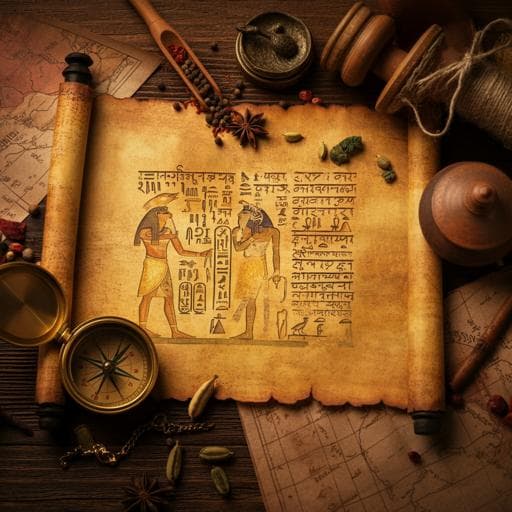
Linguistics and Languages
Linguistic borrowings in trade terminologies: an analysis of ancient Indian and Egyptian languages from 3300 BCE to 500 CE
P. Mohanan and N. Prakash
Dive into the intriguing world of ancient linguistic connections! This research explores the fascinating trade terminologies between ancient Indian languages and Egyptian scripts, revealing unexpected cultural exchanges that shaped communication in commerce. Conducted by Pallavi Mohanan and Nirupama Prakash, this study sheds light on the rich tapestry of ancient trade networks.
~3 min • Beginner • English
Related Publications
Explore these studies to deepen your understanding of the subject.







